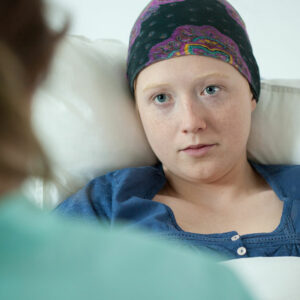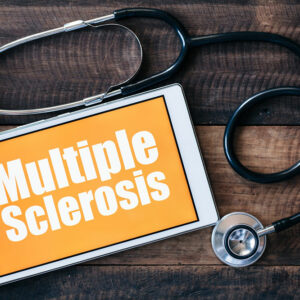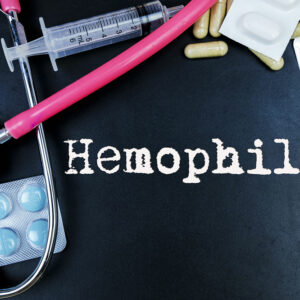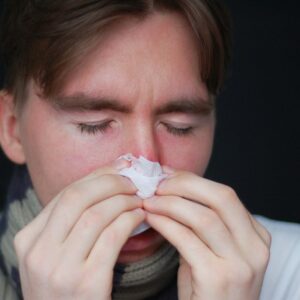
01
Treatment options for lupus
Lupus is an autoimmune disease that causes inflammation and attacks healthy tissues and organs. It is a medical condition characterized by symptoms like facial rashes, skin lesions, swelling, damaged joints, mouth ulcers, and extreme sensitivity to the sun. Thankfully, this disease is treatable, and treatment options depend on the patients’ symptoms and frequency of flares. Medications that help manage symptoms of lupus are listed below. Nonsteroidal anti-inflammatory drugs (NSAIDs) Drugs such as naproxen sodium (Aleve) and ibuprofen (Advil, Motrin IB) are easily available over-the-counter medications that help curb symptoms like inflammation, joint pain, swelling, and fever. Steroid creams and pills Creams and lotions are prescribed to manage skin rashes and inflammation. The doses vary depending on the symptoms, but high doses can cause severe side effects. So, before committing to any medical treatment, it’s always advised to discuss risks and side effects with the doctor. Antimalarial drugs Hydroxychloroquine (Plaquenil) falls under this category and works with the immune system to reduce the frequency of lupus flares. However, this medicine also causes side effects such as an upset stomach and impacts the retina in rare cases. It’s common for doctors to schedule regular eye check-ups on prescribing these medicines. Immunosuppressants These medications suppress the immune system, curbing its hyperactivity. They are only prescribed in severe cases of lupus as they come bearing potent side effects such as infection, liver damage, decreased fertility, and increased risk of cancer. Some of the drugs that belong to this category include azathioprine (Imuran, Azasan), methotrexate (Trexall, Xatmep), cyclosporine (Sandimmune, Neoral, Gengraf), and leflunomide (Arava). This is a brief list of medication that is commonly prescribed to patients with lupus to reduce flares and prevent organ damage associated with lupus. Since there are many complications associated with the disease that affect many parts of the body, it’s only wise to maintain a healthy lifestyle.
Read More 










